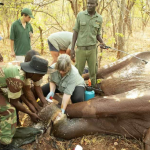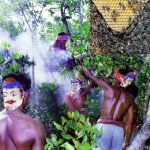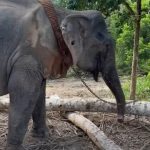The Baobab: Africa’s Tree of Life
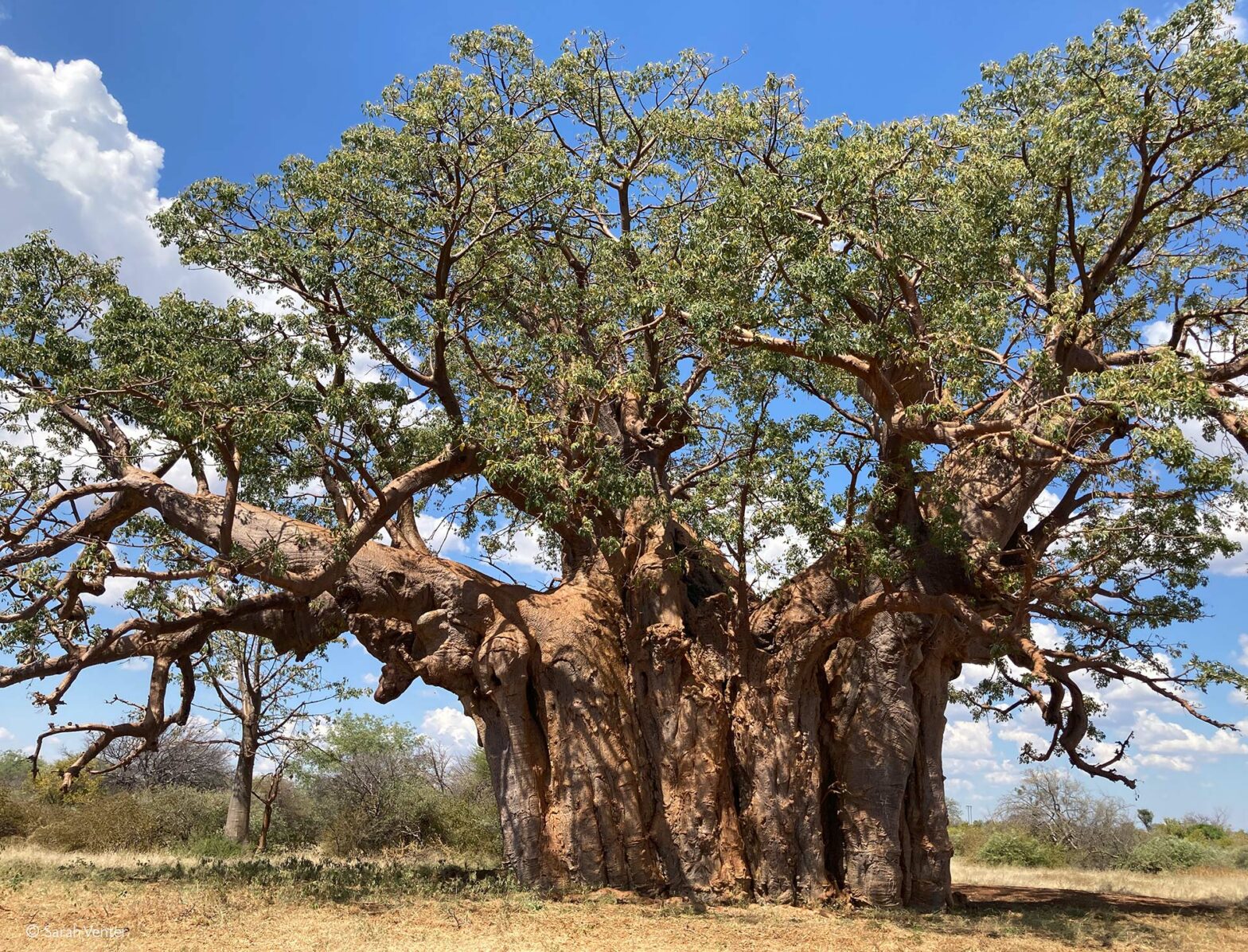
The baobab tree, often called the “Tree of Life,” is one of Africa’s most remarkable natural wonders. Some of these giants have stood for more than 2,000 years, enduring centuries of change in the harsh savannah and becoming symbols of resilience and survival.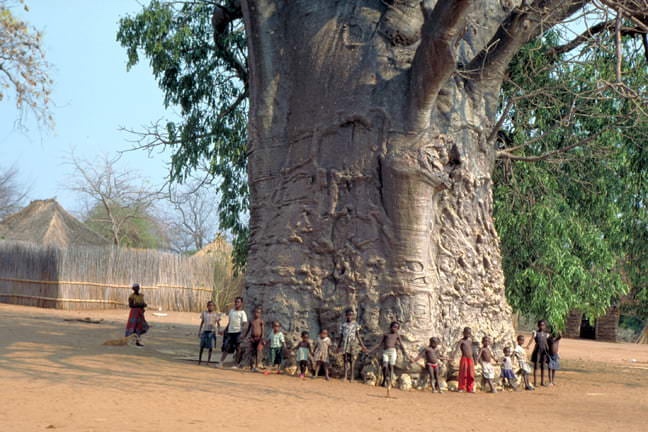
Rising up to 30 feet in height, the baobab is not only imposing in form but extraordinary in function. Its massive trunk can swell to store tens of thousands of liters of water, enabling the tree to survive months of drought. This natural reservoir sustains not just the tree itself but countless species of wildlife and even local communities who depend on its hidden water reserves.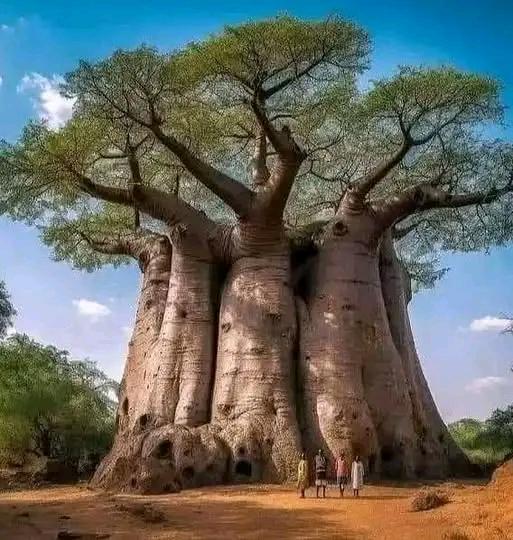
The baobab gives in many other ways as well. Its fruit, sometimes called “monkey bread,” is nutrient-rich and prized both as food and for its medicinal and cosmetic benefits. Remarkably, the dried pulp can last for years without spoiling. The tree’s seeds yield oil used in skincare, its bark can be stripped for rope and cloth, and its leaves are eaten as a source of nourishment. Few trees on Earth provide so much, in so many forms, to those who live around them.
For elephants, baboons, and birds, the baobab offers shelter and sustenance. For people, it represents life itself in some of the harshest environments on the planet. Standing alone on the savannah with its wide trunk and distinctive crown, the baobab looks almost otherworldly — a natural cathedral that commands respect and awe.
To encounter a baobab is to witness nature’s generosity and endurance. More than just a tree, it is a lifeline, a guardian of ecosystems, and a reminder of the delicate balance between survival and abundance.








